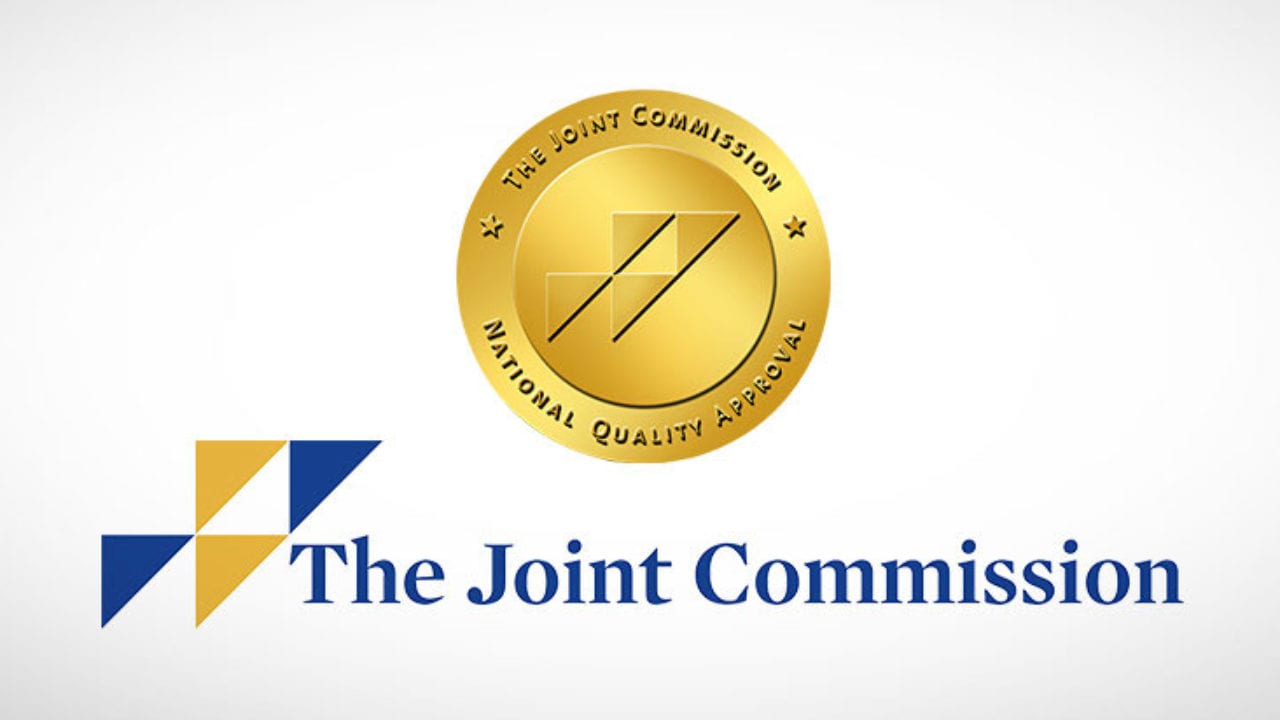
The Joint Commission just released its new safety advisory detailing actions for telemedicine best practices in the midst of a pandemic. Here are tips on how to protect yourself and your patients.
To help physicians manage the exponential increase in providing telemedicine services to patients during the COVID-19 pandemic, The Joint Commission issued a new Quick Safety advisory in October 2020 addressing the pros, cons, and best practices for physicians when it comes to telehealth.
The Joint Commission is a non-profit organization founded in 1951 that collaborates with stakeholders to improve the safety and quality of health care for all people by “evaluating health care organizations and inspiring them to excel in providing safe and effective care of the highest quality and value”. They are governed by a 21-member Board of Commissioners that includes doctors, nurses, administrators, educators, quality experts, and consumer advocates, with a mission that “all people always experience the safest, highest quality, best-value health care across all settings”.
The new safety advisory comes at a time when telemedicine services are increasingly necessary to provide comprehensive, safe, and continuous care to patients while also keeping their COVID-19 risk low. Quick Safety Issue 55: The Optimal Use of Telehealth to Deliver Safe Patient Care details strategies that physicians and organizations can adopt to deliver optimized health care to patients while also protecting their practices, including:
1. Setting up your telehealth system for success
Choose a telehealth vendor that can work closely with you and supports the goals of your practice. A good partner will be able to provide you with collaborative workflow design for your specific needs, training for you and other staff members, ongoing technical support, workflow design collaboration, HIPAA regulated cybersecurity, and project management, data analysis, and other tools to make sure you are in compliance and meeting the specific telehealth goals set for your practice.
2. Considering how your clinical services can most effectively be used via telehealth
It’s especially important to develop standard protocols for care, including what conditions and symptoms can be managed virtually and how to triage patients that present for telemedicine services. For example, when certain conditions require an assessment of vital signs, consider using an at-home monitoring program to obtain the most accurate results. If that is not a viable option, you may want to change your clinic policy to require those patients to have in-office visits. Another suggestion from The Joint Commission’s advisory is to have additional providers assist in-person when providing remote inpatient consultations.
Regulations around scope of practice can vary by state, so make sure to acquaint yourself with any local requirements for your specific discipline through your state’s medical board website.
3. Following-through on the details to make telehealth work efficiently with your workflow
To make telemedicine services work for you, invest in the time to make sure that all your staff receive initial and ongoing training on your newly developed protocols. Ensure that staff are educated on new virtual processes and procedures so that they can effectively explain information to patients, many of whom may be using telehealth care for the first time. Then, streamline your new processes by gathering staff and patient feedback, and adjusting them accordingly. Designate staff “superusers” who can help tweak workflows with the assistance of other staff and your telehealth vendor.
4. Using data and other feedback on your telehealth experiences to make improvements
The Joint Commission encourages access to real-time patient data when possible. Electronic health records systems should be enabled to give physicians immediate, up-to-date access to patient information from remote locations. In addition, health information record systems should be compatible with inpatient monitoring systems to display timely vital information such as temperature, blood pressure, glucose, and pulse oximetry so that physicians can make quick, effective decisions.
While the rising adoption of telemedicine services helps expand access to critical healthcare services across the country, the changing landscape is not without its own set of barriers and challenges for both patients and providers, including problems monitoring the quality and safety of care.
Let MEDPLI keep you covered by connecting you with the highest-rated insurance carriers that can protect you with affordable telemedicine practice insurance or any of your other malpractice coverage needs. Contact us for a quote today.



